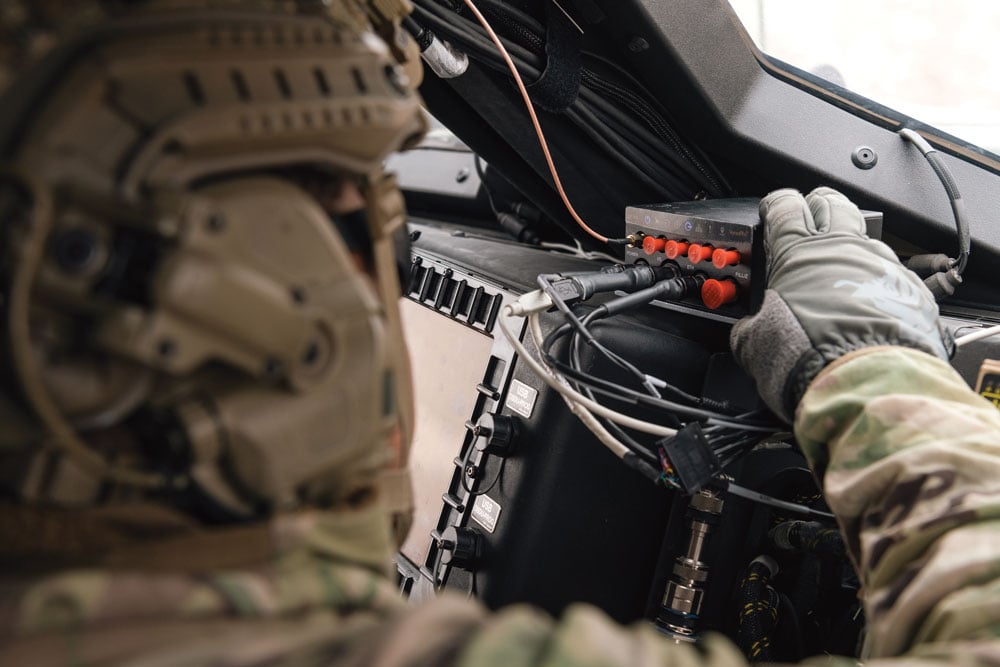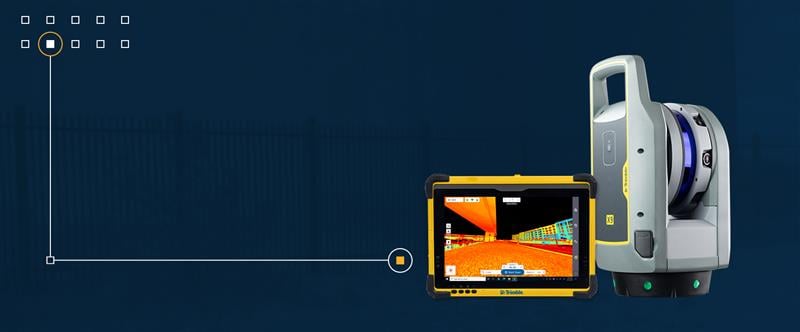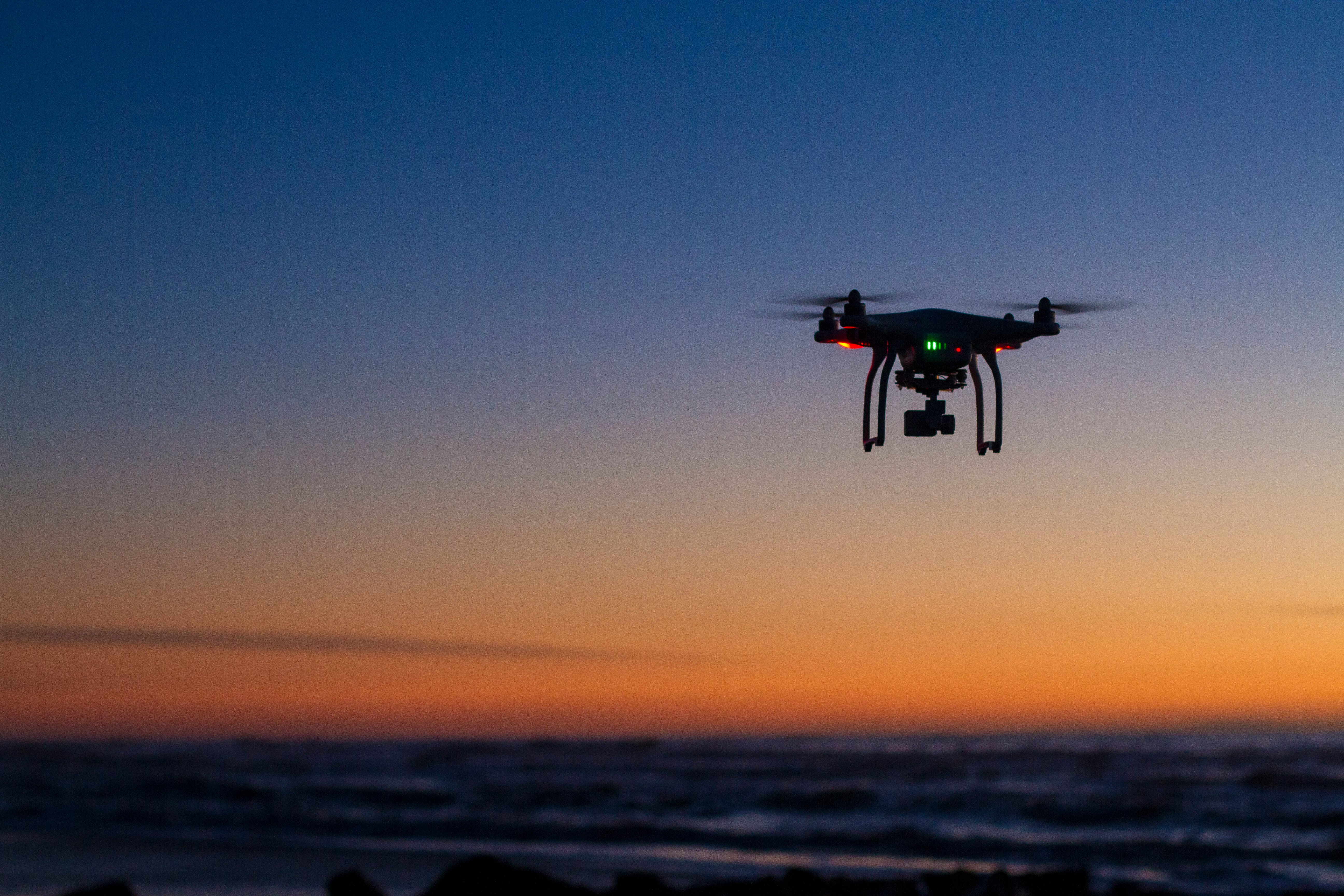New Cesium Consortium offers open-source virtual globe
Bentley Systems has been named a co-founder of the new Cesium Consortium, along with Analytical Graphics Inc. (AGI).
Cesium is an open source, browser-based virtual globe, first developed by AGI in 2011 for the aerospace and defense communities.
Cesium’s performance in streaming very large datasets through a browser to desktops, tablets, and smart phones has enabled it to become the virtual globe of choice for geospatial viewing. The consortium will now enable AGI and Bentley to collaborate on the Cesium roadmap to better accelerate and support the requirements for building infrastructure modeling (BIM) and for owners of infrastructure assets.
In addition, the consortium will support feature development, priority bug fixes, expansion of outreach efforts, and the hosting of social coding events such as code sprints and bug bashes.
Bentley Systems is adopting Cesium to visualize and interact with highly detailed infrastructure engineering models set in the reality context of their surrounding environment. The digital engineering models are created with Bentley’s MicroStation and BIM applications, and the context is provided through reality meshes, created from digital photography and scanning devices using Bentley’s ContextCapture.
“We are thrilled to join the Cesium Consortium as a founding member,” said Keith Bentley, founder and CTO of Bentley Systems. “I commend AGI for their leadership and vision, not only for creating an open source solution for highly performant 3D web-based applications but, more importantly, for fostering an ecosystem to leverage it. I expect Bentley and our users will build Cesium-based Web clients for immersively viewing BIM models, reality context, asset databases, IoT streams, and myriad other geo 3D services. We look forward to working hand in hand with AGI and future members of the consortium to expand Cesium as an open standard.”
Bentley’s work to date illustrates the advantages that the infrastructure community can expect from Cesium. Data created with both MicroStation and ContextCapture can be exported to 3D Tiles, an open format developed by the Cesium team to stream massive geo-coordinated 3D datasets. Cesium will enable Bentley users to stream their digital engineering models over the Web to desktop and mobile devices with unprecedented performance and precision.
“We are very excited to collaborate with Bentley. Bentley shares our vision and technical approach and has already done some fantastic work with Cesium and 3D Tiles,” said Patrick Cozzi, Cesium founder. “Bentley’s support will be key within our submission team proposing 3D Tiles as an Open Geospatial Consortium (OGC) Community Standard.”
For more information on how to join and accelerate the Cesium Consortium, contact info@agi.com.


















Follow Us